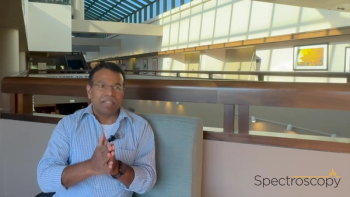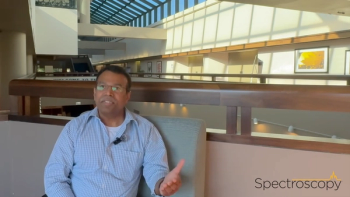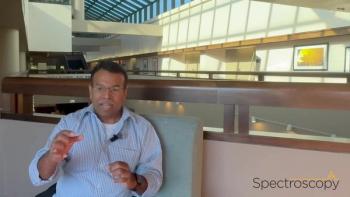
FACSS Adds Three International Societies as New Member Organizations
The Federation of Analytical Chemistry and Spectroscopy Societies (FACSS) has accepted three new member organizations—the AES Electrophoresis Society, the Spectroscopial Society of Japan (SpSJ), and the North American Society for Laser Induced Breakdown Spectroscopy (NASLIBS)—as full member organizations.
The Federation of Analytical Chemistry and Spectroscopy Societies (FACSS) has accepted three new member organizations—the AES Electrophoresis Society, the Spectroscopial Society of Japan (SpSJ), and the North American Society for Laser Induced Breakdown Spectroscopy (NASLIBS)—as full member organizations.
The addition of the AES Electrophoresis Society, the SpSJ, and the NASLIBS, increases the number of FACSS member societies to 10. The federation’s existing member organizations are the Division of Analytical Chemistry of the American Chemical Society; the American Society for Mass Spectrometry; ANACHEM; the Coblentz Society; the International Society for Automation – Analysis Division; the Royal Society of Chemistry Analytical Division; and the Society for Applied Spectroscopy.
The expansion reflects the goal of FACSS and its annual North American meeting, SciX, to include all areas and aspects of analytical chemistry and spectroscopy and unite leading scientists from among many disciplines for scientific exchange.
Related content:
A podcast series presented in collaboration with FACSS, in connection with SciX 2012, the North American conference of FACSS is available at
Newsletter
Get essential updates on the latest spectroscopy technologies, regulatory standards, and best practices—subscribe today to Spectroscopy.





